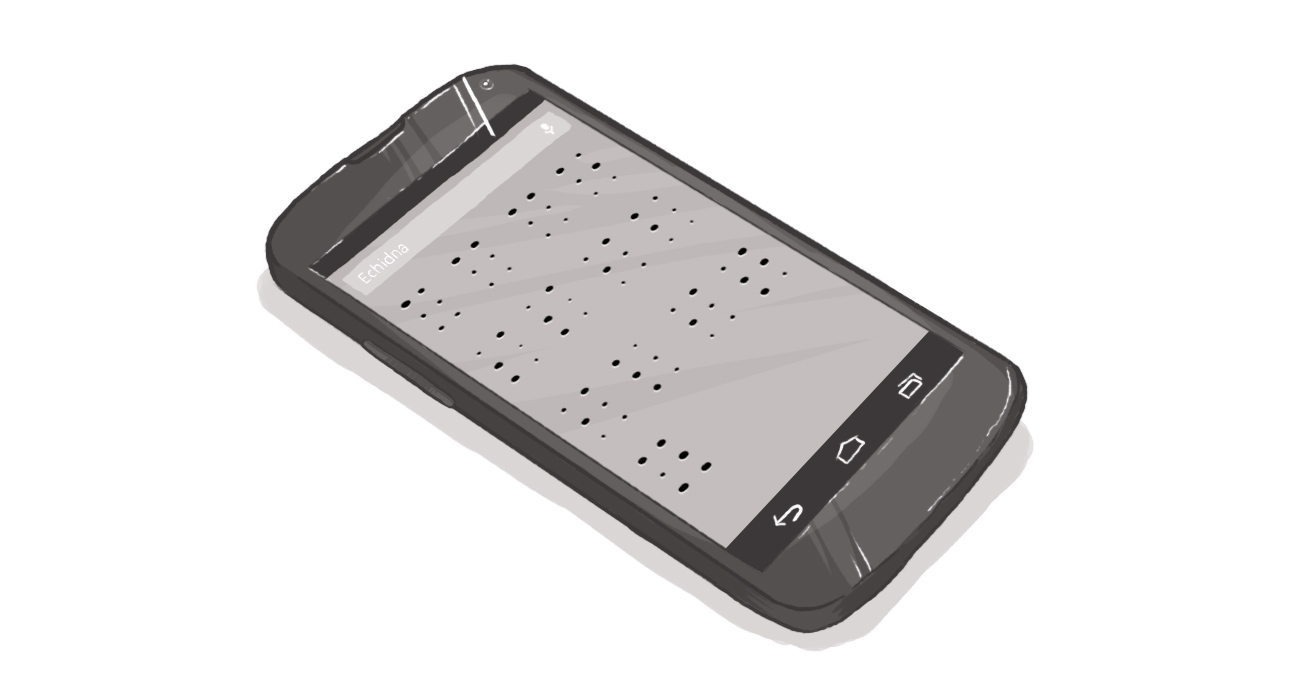Diverse Views Can Strengthen Accessible Solutions

However objective and empathic a designer or developer is, his or her own life experiences and needs will always determine what he or she designs and develops. While sometimes this can a good thing, there are times where this becomes a problem and the creators of digital tools must recognize where they have fallen short and make changes.
There's a danger that the needs of all users may not be included in your solutions -- so it's important to access a wide range of views to ensure that no one's been inadvertently excluded.
For context, I invite you to consider the many right-handed appliances that lefties might struggle with. North American cities are often constructed by and for those who drive personal vehicles; public transit or pedestrian space is often an afterthought.
Apple has been criticized for their low numbers of women on staff and their (presumably related) slow or inadequate implementation of menstrual tracking in their Health Kit app. These apps are often inaccessible in themselves, suggesting they are developed by individuals who are not Voiceover users. At the time of this writing, entering medications into Health Kit does not allow for the entry of dosage or frequency of use; this app was obviously not designed by anyone who takes medications regularly. There is also no way to track pain or mood, characteristics that would be important for someone with chronic disease or mental health challenges.
Digital accessibility training and jobs like mine exist because able-bodied designers and developers are less likely to create content for populations with disabilities.
It shouldn’t come as a surprise to me that this also happens in the world of adaptive technology, but I confess it did. Let me provide you with some examples.
Adaptive technology giant Freedom Scientific just released a Braille- and speech-enabled personal digital assistant running Windows 10. Such devices (also developed by competitor companies Humanware and HIMS) are most popular in the education market, as they are portable, have extended battery life, and can operate without speech. Unfortunately, Freedom Scientific’s ElBraille does not have any obvious support for math Braille. Blind students have no electronic means to translate their math Braille into print math for sighted evaluators. Its competitor products do contain some math support, but it is inadequate for anyone studying math beyond high school. It is not clear which math symbols will or will not translate.
When I tested products from HIMS and Humanware in the fall of 2016 and sent my sample files to each company, they acknowledged the math I was using was beyond the abilities of the devices and beyond their own personal knowledge. I am by no means a mathematician, nor do I expect developers to be, but I would have expected anyone creating products for students to develop them to allow for full capability in the use of a code developed in 1972. Because this wasn’t their area of expertise, no developments were made.
This lack of support may also be due to the assumption that blind users have access to sighted assistance in the translation of materials from Braille to print and back again. Perhaps this is due to the limits of the current technology; perhaps it is because most of the adaptive technology developers are in the developed world where this is a reality. The result of this is that students without such assistance are left in the lurch and must create their own solutions on the fly, or move away from Braille altogether.
The fact that most adaptive technology is created in the United States can pose problems. This of course isn’t limited to specialized products, as Facebook, Google, and most other major products are American-based. This is probably why much of the language of the Internet is English.
This poses unique challenges for blind non-English speakers, as non-English text-to-speech and Braille options have historically been created after the English versions are more advanced. It might be that those developing the software are not fluent in multiple languages, particularly non-European ones. It might also be argued that blind citizens of the developing world lack the technological access and opportunities available to blind people in the developed world and thus would not immediately benefit from straightforward text-to-speech and Braille-to-print translations. It might be that software would need to be modified for mobile platforms and Raspberry Pie devices, used more commonly in markets with greater bandwidth and cost constraints, which is not on the radar of developers unaware of the diverse range of needs of their untapped user base. But if I might borrow a quote from a sports film, “if you build it, they will come.”
Social media has been fantastic for many users with disabilities, but there is an inherent risk of an echo chamber, as with any group. Due to the access issues discussed above, not to mention the pervasive use of English, many users are excluded. Because we don’t hear from them, we don’t know to listen.
All of these issues suggest the idea of “unknown unknowns”, or the notion that developers and designers don’t know what they don’t know. I am certain I am also guilty of this, as there are things about technology and accessibility that I learn every day on the job. It is therefore important to check in with a diverse range of views and individuals to make sure no one has been inadvertently excluded.
SUBSCRIBE TO OUR E-NEWSLETTER
 Subscribe
Subscribe


